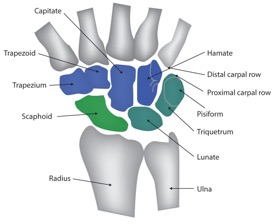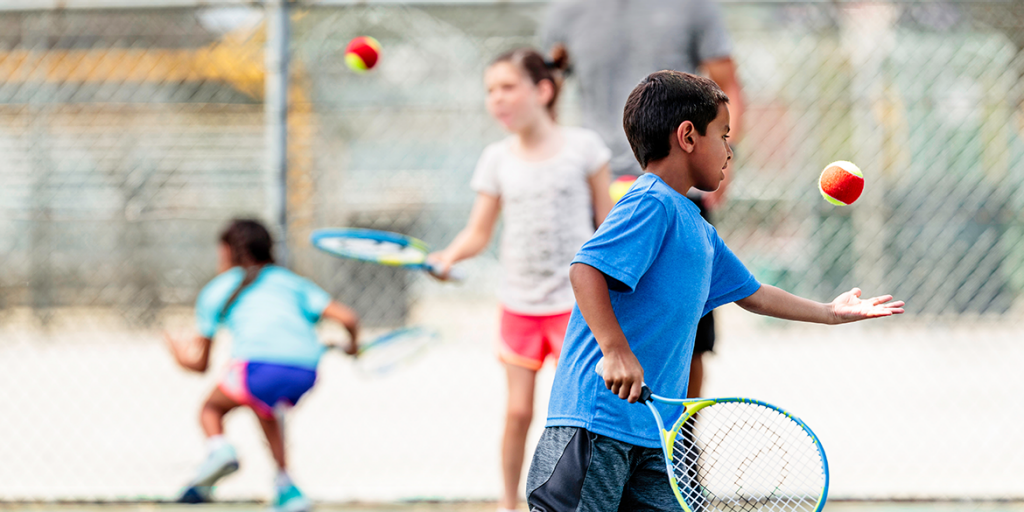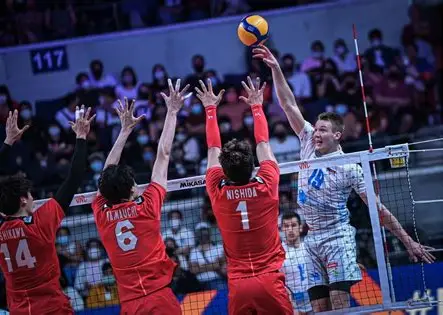Understanding Soft Tissue Injuries:
Classification, Causes, and Treatment for Youth Athletes
In sports, soft tissue injuries are among the most common reasons young athletes need rest, rehabilitation, or even medical attention. Knowing how to recognize and treat them early can prevent minor issues from becoming long-term problems.
What Are Soft Tissue Injuries?
Soft tissue injuries affect the body’s non-bony structures, including:
• Muscles (e.g., hamstrings, calves)
• Tendons (connect muscles to bones)
• Ligaments (connect bones to bones)
• Fascia (connective tissue around muscles)
• Skin & joint capsules
Common Causes in Youth Sports
Cause Examples
Overuse Repetitive jumping, throwing, or sprinting without rest
Sudden impact Falls, collisions, tackles
Improper warm-up Cold muscles are more prone to tearing
Poor technique Incorrect form during running, lifting, or landing
Fatigue Tired muscles lose coordination and control
Classification of Soft Tissue Injuries
Soft tissue injuries are usually classified into three grades:
Grade Description Symptoms
Grade I (Mild) Micro-tears, minimal swelling Mild pain, minimal loss of movement
Grade II (Moderate) Partial tear, more inflammation Swelling, bruising, moderate pain, reduced function
Grade III (Severe) Complete tear or rupture Severe pain, instability, possible loss of function
Common types of soft tissue injuries include:
• Strains – injury to muscles or tendons
• Sprains – injury to ligaments
• Contusions – bruises from direct impact
• Tendinitis – inflammation of a tendon
• Bursitis – inflammation of a fluid-filled sac (bursa)
Treatment: The R.I.C.E. Protocol (First 72 hours)
Step Action
R – Rest Stop the activity to prevent worsening the injury
I – Ice Apply cold packs (15–20 min, every 2–3 hours) to reduce swelling
C – Compression Use bandages or wraps to limit inflammation
E – Elevation Raise the injured limb above heart level to minimize swelling
Do NOT use heat, massage, or alcohol during the first 48–72 hours — it can increase bleeding and swelling.
What Comes After R.I.C.E.?
Once acute symptoms subside (after 2–5 days), the focus shifts to:
Rehabilitation Phase
• Light mobility exercises
• Gradual stretching and strengthening
• Balance and coordination work (especially after ankle sprains)
Return-to-Play Guidelines
• No pain during basic movement
• Full strength and range of motion
• Cleared by a healthcare provider or sports physio
Advice for Young Athletes
• Listen to your body — pain is a warning sign, not something to “push through”
• Don’t rush recovery — returning too early risks reinjury
• Warm up properly — prepare muscles and joints before activity
• Build core and stabilizing strength — strong joints are safer joints
For Parents and Coaches
• Monitor training load and ensure scheduled rest
• Watch for signs of limping, swelling, or behavior changes
• Encourage kids to speak up about discomfort
• Work with certified professionals when in doubt
Key Takeaway
“Treat small injuries seriously—because that’s how we prevent big ones.”
Educating young athletes about soft tissue injury risks, recovery strategies, and prevention is key to long-term health and performance.




